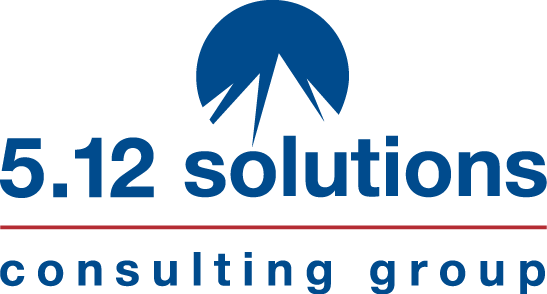COVID forced every organization to rethink how they operated. Now, the post-pandemic era is, once again, prompting epic changes. This time leaders are formulating new plans that will determine the future of work. They are rewriting policies, re-assessing office space needs, and determining if people will work remotely, in person, or a hybrid of both.
What isn’t being talked about as much is how future of work plans will be communicated and accepted.
We’ve noticed in our work that leaders often create plans and move from vision to execution, while unintentionally missing the important step of building alignment. It’s an easy step to forget. However, when the people affected by the changes haven’t been part of the planning and haven’t had time to process and discuss them, they are doomed to fail.
Our AIM (Align, Inspire, Measure) process is a powerful and simple process to create intentional communication, achieve clarity, and build buy in as you rollout your future of work plans. At the end of this post you can download our Change Plan Worksheet to guide you through each step in more detail.
STEP 1: ALIGN – COMMUNICATE THE VISION
Effective communication begins with a vision and clear outcome in mind. What is it that you want your audience to do or think differently as a result of what you convey?
Once the vision is clear, you can begin formulating your messages. What needs to be communicated about how your future of work plans are better than the previous arrangements? How do those plans connect with your organizational values and culture? What do potential hires and new employees need to know about your plans?
From there, you can create an intentional communication rollout plan using multiple vehicles to align your communication with your vision—from leadership meetings to town hall gatherings—to broadcast emails and more.
STEP 2: INSPIRE PEOPLE
Your future of work plans may take several weeks or even months to rollout. Creating an inspiring environment will help team members stay connected to the vision throughout the change process.
In the words of John Kotter, start by engineering short-term wins. Find opportunities to demonstrate successes early in the process and plan for these early wins instead of leaving them to chance. Literally define the early win itself—when it will happen and who will be responsible for making sure it happens.
You can also take a longer-term approach by ensuring your rewards and recognition efforts are aligned with your future of work goals. What will you need to acknowledge? How will you acknowledge those wins and by when will the acknowledgement happen?
STEP 3: MEASURE AND COMMUNICATE RESULTS
What gets measured gets done. And what gets done needs to be communicated back to your people so that everyone can see how the organization is progressing in its future of work plans.
This third step is about creating ongoing clarity by sharing clear expectations of what the organization will achieve and by when.
DOWNLOAD YOUR FUTURE OF WORK CHANGE PLAN WORKSHEET
Ready to get started?
Take your future of work communication to the next level by downloading this detailed six-page Change Plan Worksheet. Put this tool to use and watch your people accelerate their commitment around your future of work plans.

